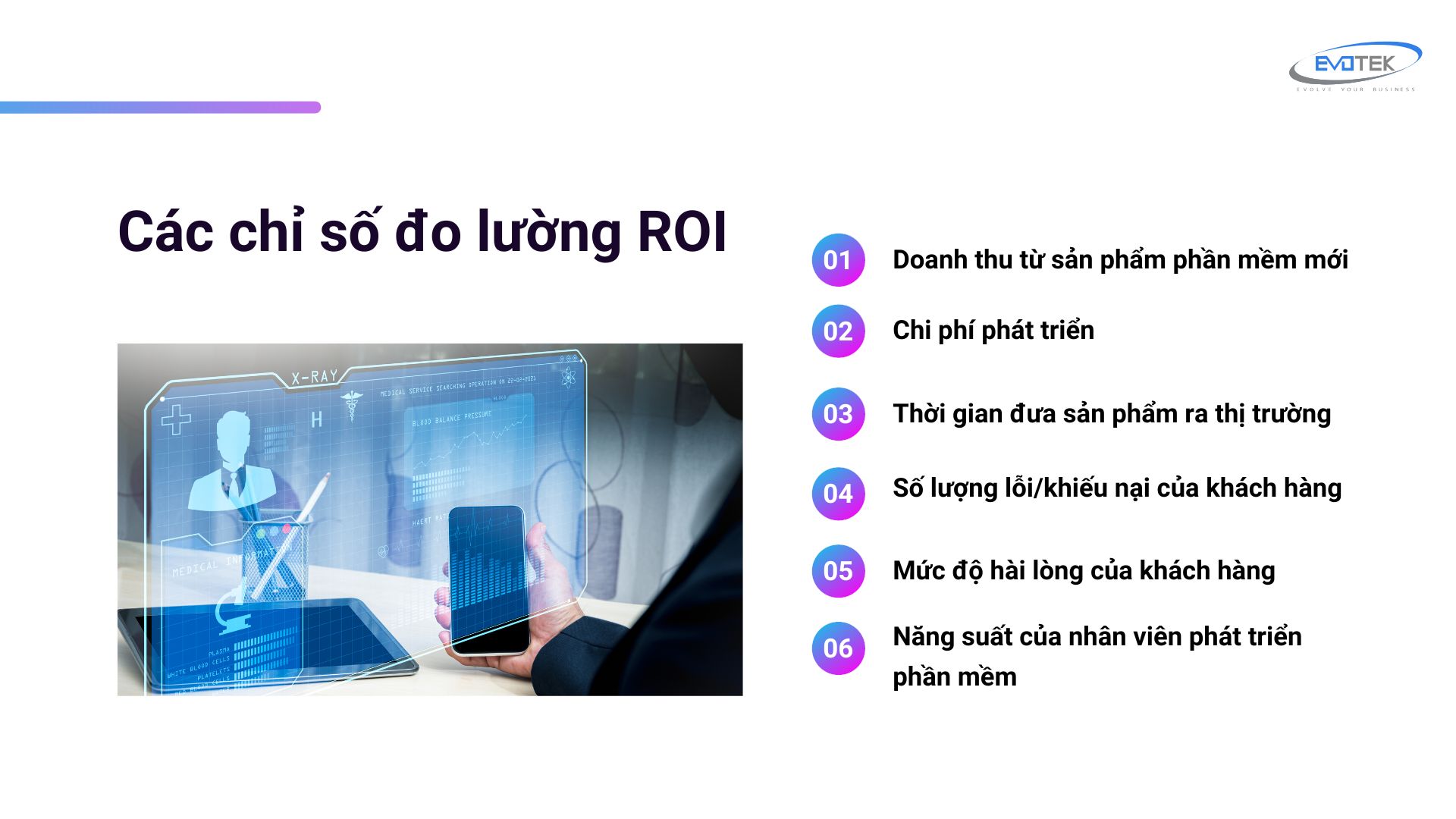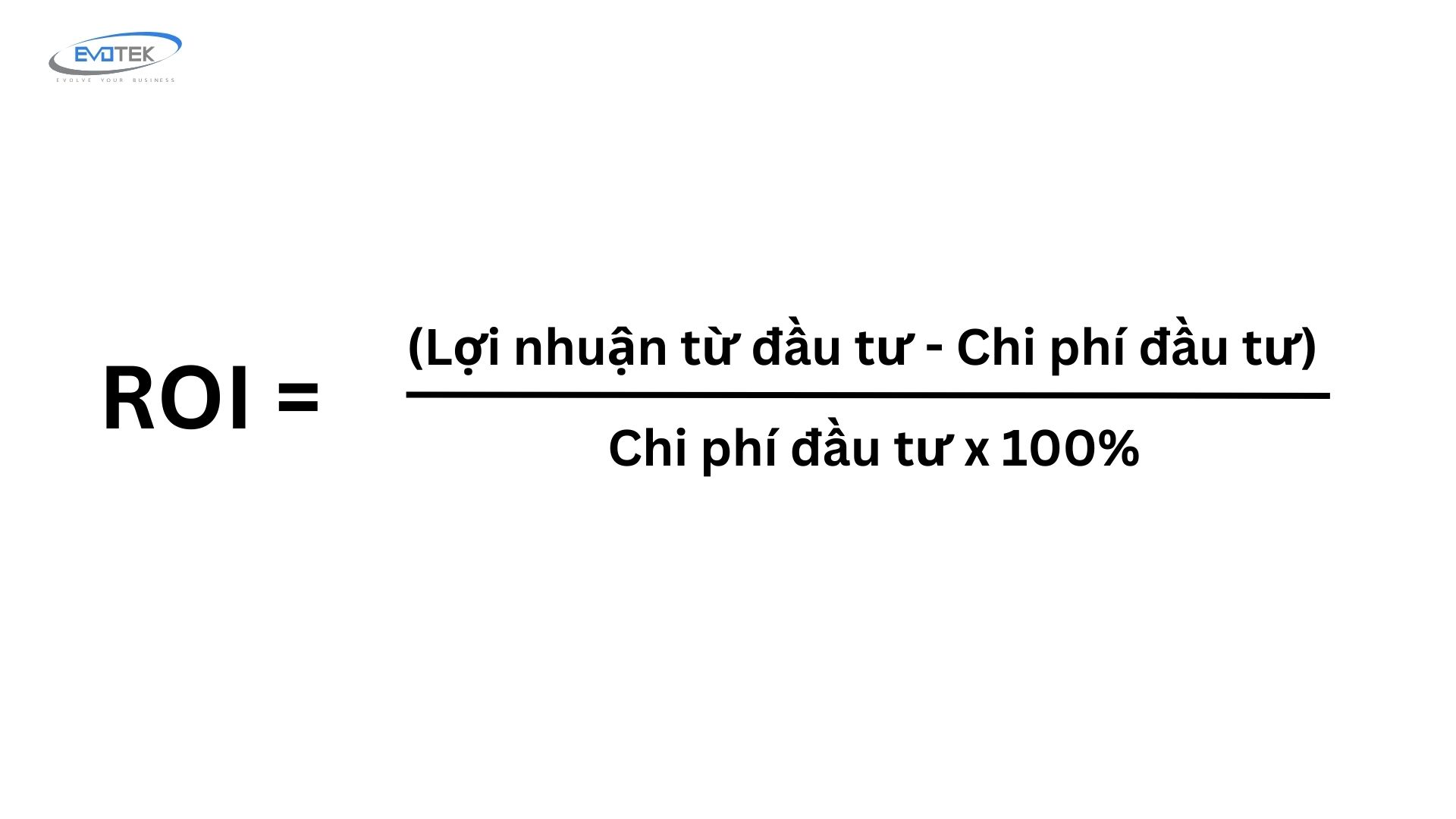In software development, measuring ROI (Return on Investment) is crucial for accurately assessing the economic impact of development activities and making informed investment decisions.
According to Gartner‘s latest forecast, global software development budgets are projected to reach $5 trillion by 2024, a 6.8% increase from 2023. With such significant investment, ensuring maximum efficiency in software development is imperative.
However, calculating ROI in software development is complex. Factors like development time, personnel costs, infrastructure, product quality, and project complexity all influence ROI. Therefore, businesses must implement a comprehensive measurement process. This involves identifying appropriate metrics, gathering data from various sources, analyzing the data, and accurately calculating ROI.
The Importance of Measuring ROI in Software Development Departments
Measuring ROI (Return on Investment) in software development is crucial for ensuring business success within the software industry. Demonstrating ROI helps company executives, shareholders, and other stakeholders understand the benefits of investing in specific projects.

Benefits of Measuring Software Development ROI:
- Determine Investment Effectiveness: ROI assessment allows businesses to evaluate whether investments in development departments yield profits and add value.
- Make Informed Investment Decisions: By measuring ROI, managers can base investment decisions on actual performance data from previous investments.
- Optimize Resources: Identifying areas with high and low ROI helps managers allocate resources effectively to maximize performance and profits.
- Process Improvement: ROI measurement can reveal weaknesses in the development process, enabling the introduction of measures to enhance efficiency and productivity.
- Enhance Accountability: Tracking and evaluating the performance of the software development department through ROI measurement improves employee accountability and motivation.
However, measuring ROI in software development is challenging due to the complexity and diversity of projects. Factors such as development time, headcount, cost, quality, and product complexity all impact ROI. Therefore, a comprehensive and effective measurement method is required to ensure accurate and feasible ROI results.
Effective ROI Measurement Method for Software Development Departments
To effectively measure ROI in a software development department, businesses can apply a method that includes the following steps:
Determine ROI Measurement Metrics
The first step is to identify appropriate ROI metrics for the software development department’s operations. Common metrics include:

- Revenue from New Software Products: The income generated from newly developed software.
- Development Costs: Expenses related to labor, infrastructure, tools, software, etc.
- Time to Market: The duration taken to launch the product.
- Customer Errors/Complaints: The number and severity of issues reported by customers.
- Customer Satisfaction Level: The degree of customer contentment with the product.
- Productivity of Development Staff: The efficiency and output of the software development team.
Collecting Data
After identifying the relevant metrics, the next step is to gather data from various internal sources. This data should be comprehensive, accurate, and up-to-date to ensure that ROI measurements reflect the true performance of the development department.
Key Data Sources:
- Project Management System: Gather data on project timelines, human resources, progress, and costs.
- Bug and Change Request Tracking System: Collect data on the number of bugs, their severity, fix times, and associated costs.
- Infrastructure Management System: Gather data on hardware and software costs, as well as development and operational environments.
- Financial Reports: Collect data on revenue, personnel costs, and other operating expenses of the development department.
- Customer Surveys: Gather data on customer satisfaction regarding software products and services.
- Human Resource Data: Collect data on employee count, productivity, turnover rates, and other related indicators.
Data collection can be facilitated through automated tools such as time tracking applications and data extraction tools, or through manual methods like surveys, interviews, and regular reports.
With complete and high-quality data, managers can effectively analyze and measure ROI for the software development department, enabling informed investment decisions. This helps optimize resources and increase profits for the business.
Data Analysis
Once sufficient data is collected, analyze it to determine the relationship between measurement indicators and the effectiveness of the software development department. Analytical tools and statistical techniques, such as BI software, statistical software, or mathematical models, can support this process.
Calculating ROI
Based on the data analysis, calculate the ROI for software projects or the development department as a whole. A common ROI calculation formula is:
ROI = (Return on Investment – Investment Cost ) / Investment Cost x 100%
Other ROI measurement formulas can also be used to meet the specific needs and requirements of the business.
Evaluation and Improvement
After measuring ROI, evaluate the results to identify areas needing improvement. This may involve optimizing the development process, enhancing employee productivity, reducing unnecessary costs, or adjusting product strategy.
Tracking and Reporting
Regular and continuous ROI measurement is essential. Managers should track and report ROI results to ensure the software development department operates efficiently and maximizes profits. This also allows for quick adjustments to strategies and resource allocation as needed.
Factors Affecting Software Development Department ROI
When measuring the ROI of your software development department, several key factors can influence the results:
- Software Development Process: Utilizing effective development methodologies such as Agile, DevOps, or other methods tailored to the business can enhance productivity and product quality, thereby improving ROI.
- Supporting Technologies and Tools: Implementing modern development tools and technologies, such as integrated development environments (IDEs), source code management tools, and automated testing tools, can reduce development time and improve product quality.
- Staff Capacity and Experience: Highly skilled and experienced development staff are crucial for boosting efficiency and product quality, which increases ROI.
- Project Management: Effective project management, including planning, progress tracking, and risk and change management, ensures projects are completed on time and within budget, maximizing ROI.
- Market Need: A software product that meets customer and market needs is more likely to succeed, resulting in higher revenue and ROI.
To achieve the highest ROI, businesses should focus on optimizing all these factors throughout the software development process.
Real-Life Example of Measuring Software Development Department ROI
To illustrate how to measure a software development department’s ROI, consider the following example:
Company E specializes in providing human resource management solutions. Last year, the company’s software development department spent $1 million to develop a new human resources management application.
To measure the ROI of this project, Company E used the following indicators:
- Revenue from new app sales: $2 million
- Development cost: $1 million
- Time to market: 9 months
- Number of errors reported in the first 6 months: 50 error
- Customer satisfaction level: 4.2/5
Based on these indicators, Company E calculated ROI as follows:
ROI = (Return on Investment – Investment Cost ) / Investment Cost x 100%
ROI=($2 million−$1 million ) / $1 million×100%=100%

This result shows that the new human resources management application development project yielded twice the profit compared to the initial investment. However, Company E identified areas for improvement, such as the lengthy time to market and the high number of early-stage errors.
To enhance future ROI, Company E decided to adopt Agile development methods, invest in automated testing tools, and increase training for development staff. These measures aim to shorten development time, improve product quality, and boost customer satisfaction, thereby increasing revenue and ROI.
In Conclusion
In the competitive software industry, maximizing investment efficiency in software development departments is crucial. Measuring Return on Investment (ROI) is an effective management tool that helps businesses evaluate the economic impact of development activities and make informed investment decisions.
By applying a comprehensive ROI measurement process—identifying appropriate metrics, collecting data from various sources, analyzing data, calculating ROI, and evaluating results—businesses can pinpoint areas of high and low ROI. This allows for resource optimization, process improvement, and increased investment in the most profitable areas.
Software Development with Evotek
At Evotek, a leading software company in Vietnam, we prioritize maximizing investment efficiency in software development. We employ a rigorous ROI measurement process to ensure that every investment dollar is used effectively.
With our extensive experience in software development, we can help your business establish a suitable ROI measurement framework, identify key metrics, and implement an effective data collection and analysis process. Our team of experts will work closely with you to understand your business goals and provide specific recommendations to optimize ROI for your software development department.
Contact Evotek today to unlock the full potential of your software development activities and achieve sustainable growth.
